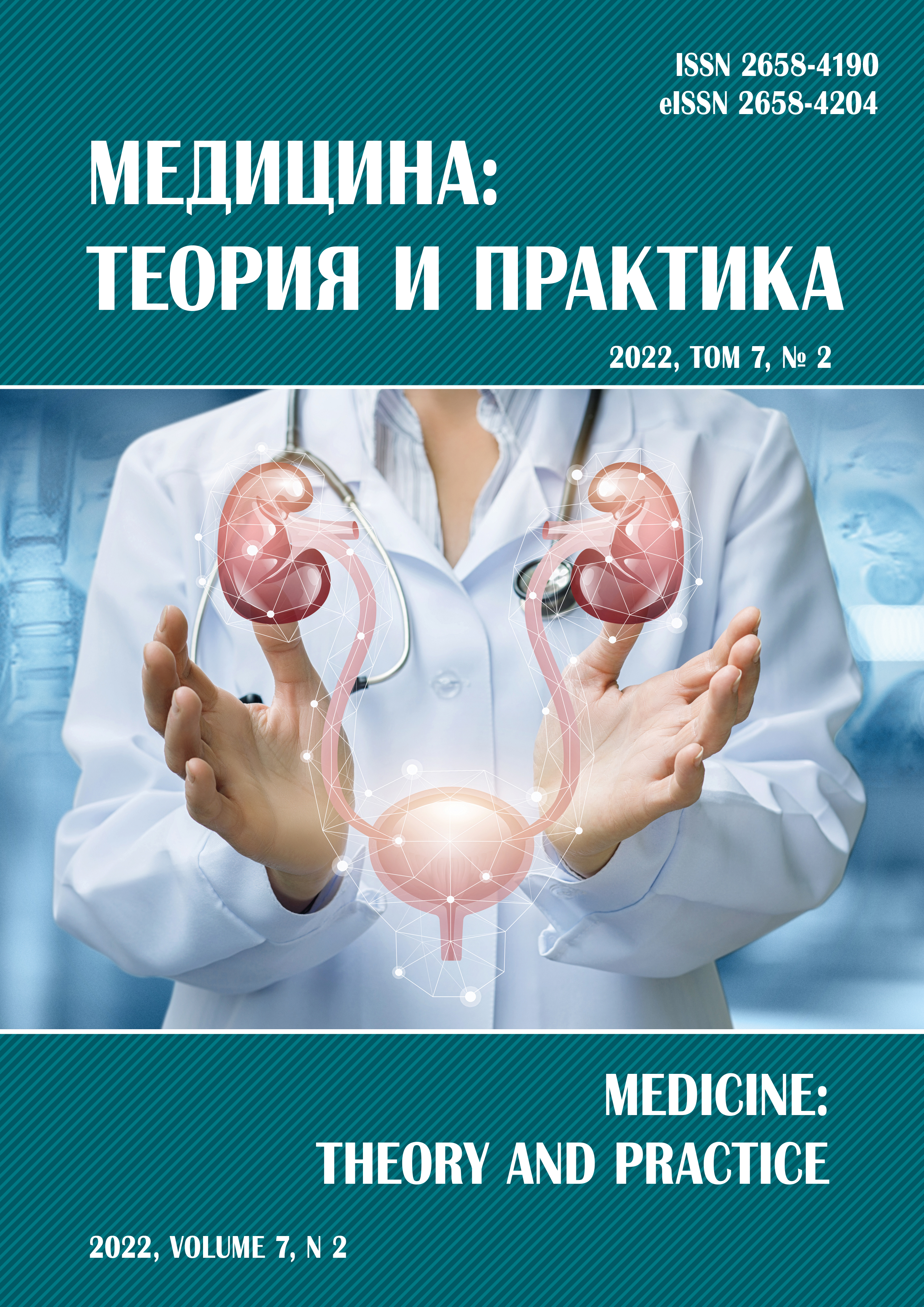НОРМОТЕНЗИВНЫЙ СКЛЕРОДЕРМИЧЕСКИЙ ПОЧЕЧНЫЙ КРИЗ: СЛОЖНОСТИ ДИАГНОСТИКИ И ВЕДЕНИЯ (НА ПРИМЕРЕ КЛИНИЧЕСКОГО СЛУЧАЯ)
Аннотация
Одним из высоколетальных осложнений системной склеродермии (ССД) является склеродермический почечный криз (СПК). Классические проявления данного состояния включают в себя внезапное злокачественное повышение артериального давления (АД) и прогрессирующую почечную недостаточность на фоне аутоиммунного поражения эндотелия сосудов почек. Особым случаем острого поражения почек при ССД является нормотензивный склеродермический почечный криз (НСПК), частота возникновения которого не превышает 20 % от всех случаев СПК. Однако при несвоевременной диагностике НСПК имеет крайне неблагоприятный прогноз (летальность более 60 %, высокая потребность больных в хроническом гемодиализе и трансплантации почки). Несмотря на прогрессирующую почечную недостаточность, АД остается в пределах нормы, что затрудняет своевременную диагностику данного осложнения. Известно, что одним из предрасполагающих факторов развития НСПК является длительный прием высоких доз глюкокортикостероидов. Для коррекции этого состояния используют стратегии лечения, разработанные для классического СПК. Поддержание оптимального АД, назначение нефропротективных препаратов, заместительная почечная терапия в случае необходимости. В статье представлен клинический случай острого поражения почек у больной, страдающей ССД с поражением легких и печени, на фоне терапии глюкокортикостероидами.



